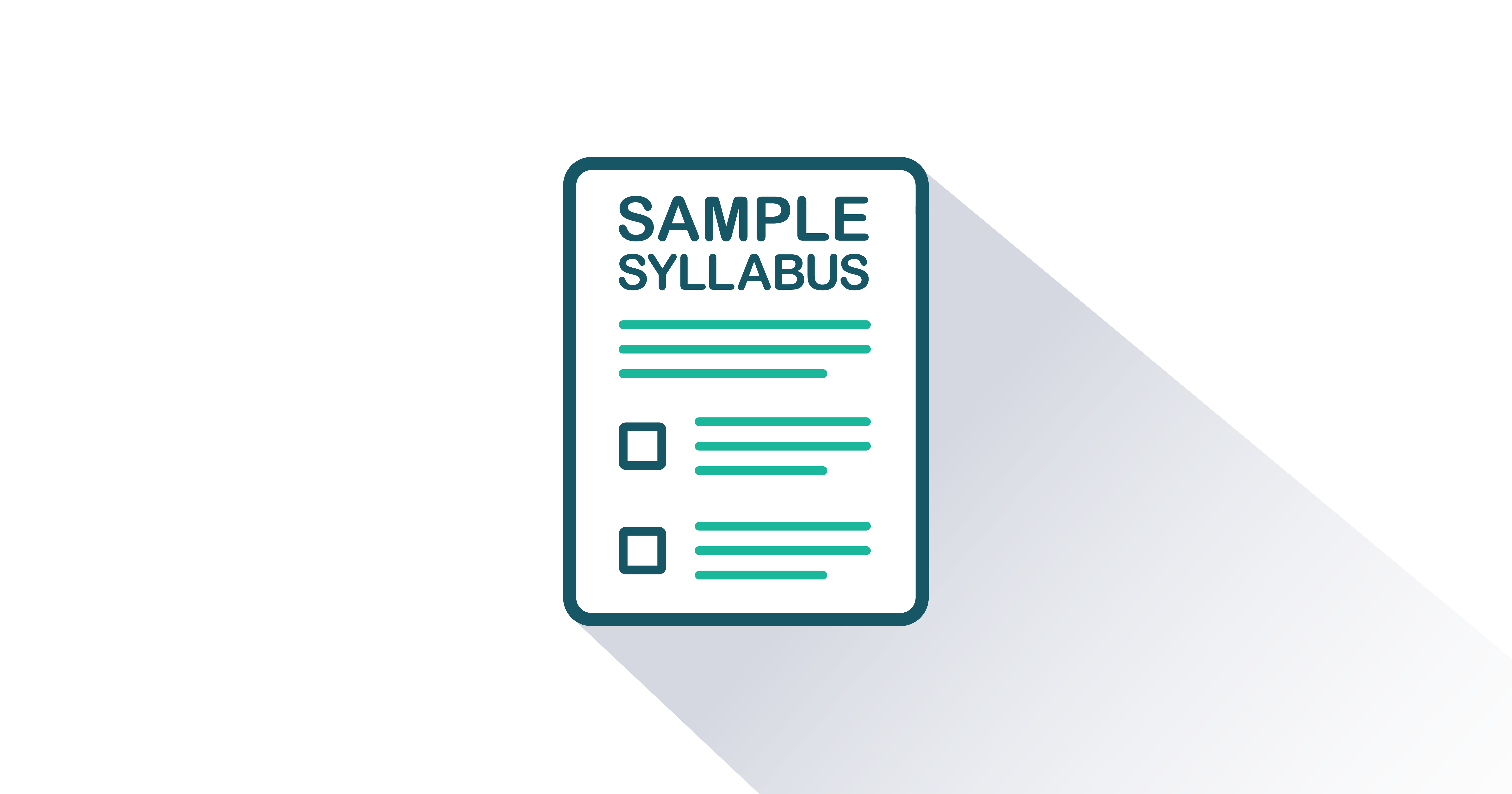John B. Taylor Stanford University
John B. Taylor (PhD Stanford University) is one of the field’s most inspiring teachers. As the Raymond Professor of Economics at Stanford University, his distinctive instructional methods have made him a legend among introductory economics students and have won him both the Hoagland and Rhodes prizes for teaching excellence. Professor Taylor is also widely recognized for his research on the foundations of modern monetary theory and policy. One of his well-known research contributions is a rule—now widely called the Taylor Rule—used at central banks around the world. Taylor has had an active career in public service, including a four-year stint as the head of the International Affairs division at the United States Treasury, where he had responsibility for currency policy, international debt, and oversight of the International Monetary Fund and the World Bank and worked closely with leaders and policymakers from countries throughout the world. He has also served as economic adviser to the governor of California, to the U.S. Congressional Budget Office, and to the President of the United States and has served on several boards and as a consultant to private industry. Professor Taylor began his career at Princeton, where he graduated with highest honors in economics. He then received his PhD from Stanford and taught at Columbia, Yale, and Princeton before returning to Stanford.








